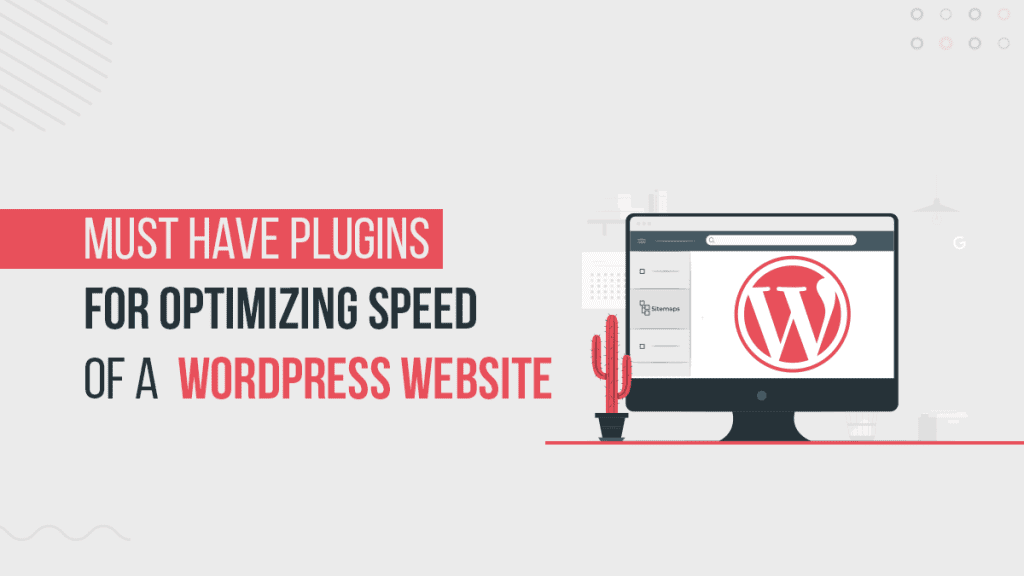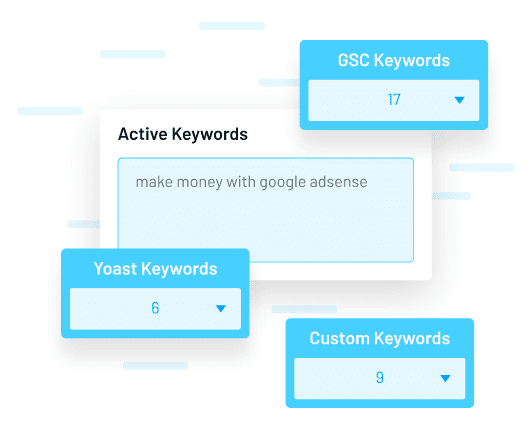
In the ever-evolving world of blogging and content creation, speed is no longer just a nice-to-have—it’s a necessity. As search engines like Google continue to prioritize user experience, site speed has become a critical factor in determining rankings. For bloggers, this means that choosing the right plugins, themes, and optimizing for speed isn’t just about performance; it’s about survival in a competitive digital landscape.
This article will guide you through the essentials of selecting high-performing plugins, lightweight themes, and optimizing your blog’s speed. Whether you’re a seasoned blogger or just starting out, understanding these elements can significantly impact your SEO, user engagement, and overall success.
What Is Plugins, Themes & Speed and Why It Matters
Plugins, themes, and speed are three interconnected pillars that define the performance and usability of a blog.
Plugins are software components that add specific features or functionalities to a website. While they can enhance your blog’s capabilities, not all plugins are created equal. Some can slow down your site, while others are optimized for speed and efficiency.
Themes determine the visual design and layout of your blog. A well-coded theme can improve load times, while a bloated or poorly designed one can drag your site down.
Speed, or page load time, is a key metric that affects both user experience and search engine rankings. Google uses Core Web Vitals—such as Largest Contentful Paint (LCP), First Input Delay (FID), and Cumulative Layout Shift (CLS)—to evaluate how fast a site loads and how users interact with it.
Together, these elements influence your blog’s visibility, user retention, and conversion rates. In 2025, as competition intensifies and user expectations rise, mastering these aspects is more important than ever.
How Plugins, Themes & Speed Impact SEO Performance
The relationship between plugins, themes, and speed and SEO is direct and significant. Here’s how each element affects your blog’s performance:
1. Plugins and SEO
Plugins can either help or hinder your SEO efforts. On-page SEO plugins like Yoast or Rank Math can optimize content for keywords and readability. However, too many plugins, especially those that are poorly coded or resource-heavy, can slow down your site, leading to higher bounce rates and lower rankings.
For example, a plugin that adds unnecessary JavaScript or CSS files can increase page load time, which negatively impacts LCP and FID. Search engines penalize slow sites, so even if your content is great, poor performance can hurt your rankings.
2. Themes and SEO
A responsive, lightweight theme ensures that your blog is accessible across devices and loads quickly. Themes that are bloated with extra code, images, or scripts can slow down your site. Additionally, a theme that doesn’t support modern SEO practices—like structured data or mobile optimization—can limit your ability to rank well.
3. Speed and SEO
Google has made it clear that site speed is a ranking factor. A faster blog improves user experience, reduces bounce rates, and increases the likelihood of users engaging with your content. Moreover, faster load times mean your pages are crawled more frequently, helping your content appear in search results sooner.
According to Google, a one-second delay in page load time can lead to a 7% reduction in conversions. This underscores the importance of speed not just for SEO, but for business outcomes as well.
Step-by-Step Implementation Framework
To ensure your blog is optimized for speed, SEO, and performance, follow this step-by-step framework:
1. Define or Audit the Current Situation
Start by evaluating your current setup. Use tools like Google PageSpeed Insights, GTmetrix, or Pingdom to assess your site’s speed. Check for any plugins or themes that may be slowing things down. Identify which plugins are essential and which can be removed or replaced.
2. Apply Tools, Methods, or Tactics
Once you have a clear picture of your blog’s performance, take action:
– Choose Lightweight Plugins: Opt for plugins that are known for their speed and efficiency. Avoid multipurpose or bloated plugins unless absolutely necessary.
– Select a Fast Theme: Choose a theme that is well-coded, responsive, and optimized for speed. Consider using a theme like GeneratePress, Blocksy, or Kadence.
– Optimize Images: Compress images before uploading them. Use tools like TinyPNG or ImageOptim to reduce file sizes without sacrificing quality.
– Enable Caching: Use caching plugins like W3 Total Cache or WP Super Cache to store static versions of your pages, reducing server load and improving load times.
3. Measure, Analyze, and Optimize
After implementing changes, monitor your blog’s performance regularly. Use analytics tools to track metrics like page load time, bounce rate, and user engagement. Continuously test and tweak your setup to ensure optimal performance.
For example, if you notice that a particular plugin is causing delays, consider replacing it with a lighter alternative. Similarly, if a theme is not performing well, switch to a more efficient one.
Real or Hypothetical Case Study
Let’s look at a hypothetical case study of a blog that improved its performance by focusing on plugins, themes, and speed.
Before Optimization:
– The blog used a heavy, outdated theme with poor code structure.
– It had over 20 plugins installed, including several that were redundant or poorly optimized.
– Page load time was around 8 seconds, with a high bounce rate and low engagement.
After Optimization:
– The blog switched to a lightweight, modern theme like GeneratePress.
– It removed 15 plugins and replaced them with more efficient alternatives.
– It optimized images, enabled caching, and implemented lazy loading.
– Page load time dropped to 2.5 seconds, with a 40% decrease in bounce rate and a 25% increase in user engagement.
This case study highlights the tangible benefits of focusing on plugins, themes, and speed. By making strategic choices, the blog saw significant improvements in both performance and user experience.
Tools and Techniques for Plugins, Themes & Speed
Here are some of the best tools and techniques to help you optimize your blog:
- Query Monitor – A powerful WordPress plugin that helps identify slow queries and plugins. Ideal for debugging performance issues.
- Chrome DevTools – A browser tool that allows you to analyze page load performance, network requests, and resource usage.
- WP-Optimize – A plugin that helps clean up your database and remove unnecessary data, improving site speed.
- Asset CleanUp / Perfmatters – These plugins allow you to selectively disable scripts and styles on specific pages, reducing load times.
- Cloudflare – A CDN service that caches your site’s content and delivers it from servers closer to your users, improving load speeds.
- Rank Math – An SEO plugin that helps you optimize content for keywords, meta tags, and readability.
By leveraging these tools, you can gain deeper insights into your blog’s performance and make informed decisions to improve it.
Future Trends and AI Implications
As we move further into 2025, the role of AI in SEO and web performance will only grow. Search engines are becoming more sophisticated, and AI-powered tools are helping bloggers optimize their content and site speed more effectively.
One trend to watch is the increasing use of AI-driven analytics. Tools like Google’s own AI-based insights can provide real-time recommendations for improving your blog’s speed and SEO. Additionally, AI-powered image compression and code optimization tools are becoming more advanced, allowing bloggers to fine-tune their sites with minimal effort.
Another trend is the integration of AI into theme and plugin development. Developers are creating more intelligent, adaptive themes and plugins that automatically adjust to user behavior and device types. This means that future themes and plugins will be more efficient and better suited for speed optimization.
To stay ahead, bloggers should embrace these trends and continuously adapt their strategies. By staying informed and using the right tools, you can ensure your blog remains competitive in an increasingly AI-driven digital landscape.
Key Takeaways
- Plugins matter: Choose lightweight, well-coded plugins that don’t slow down your site.
- Themes impact speed: Opt for responsive, fast-loading themes that support modern SEO practices.
- Speed is crucial: A faster blog improves user experience, reduces bounce rates, and boosts SEO rankings.
- Regular optimization is key: Continuously audit and improve your blog’s performance using the right tools.
- Stay ahead with AI: Leverage AI-powered tools to stay competitive and improve your blog’s performance.
By focusing on plugins, themes, and speed, you’re not just improving your blog’s performance—you’re investing in its long-term success.
Meta Title: Plugins, Themes & Speed: What Bloggers Must Watch in 2025
Meta Description: Learn how to optimize your blog with the right plugins, themes, and speed techniques to boost SEO and user engagement in 2025.
SEO Tags (5): plugins, themes, speed optimization, SEO tips, blog performance
Internal Link Suggestions: Parameter #1: SEO Best Practices, Parameter #3: Content Quality and Authority, Parameter #5: User Experience and Engagement
External Source Suggestions: https://www.google.com/webmasters/tools/, https://moz.com/blog/seo-performance






